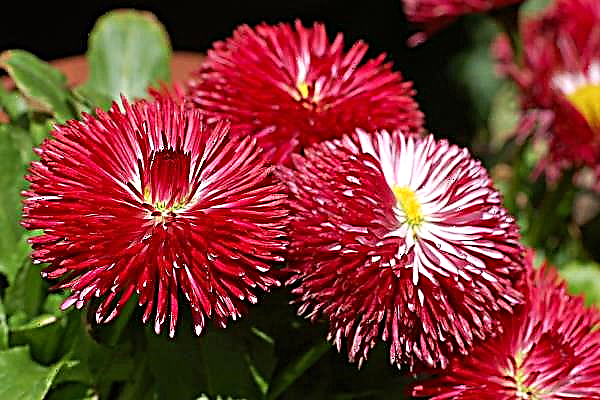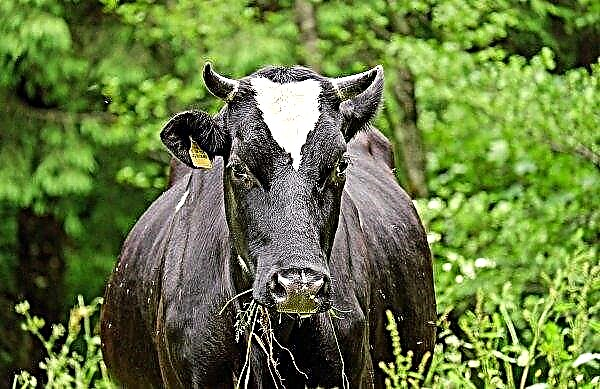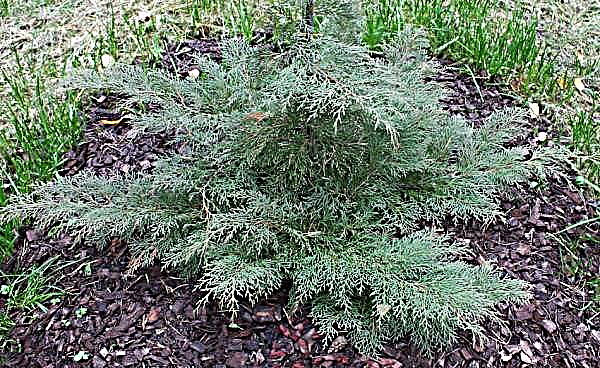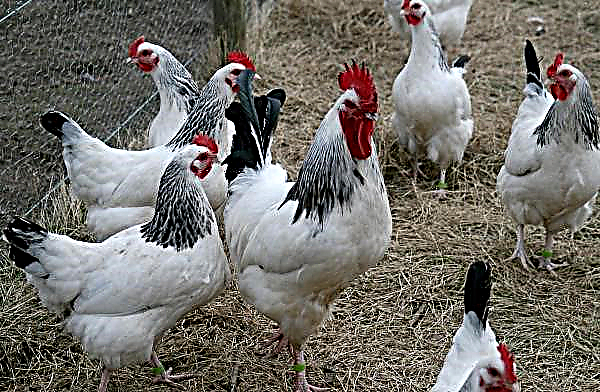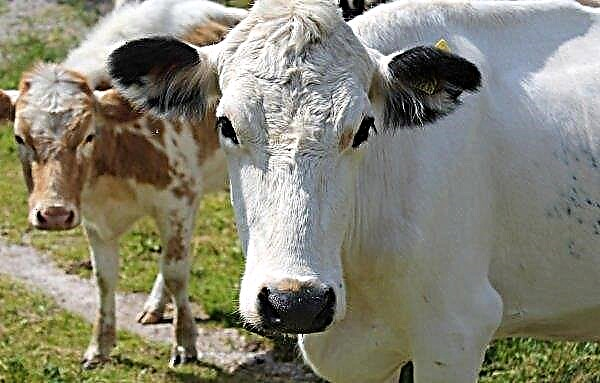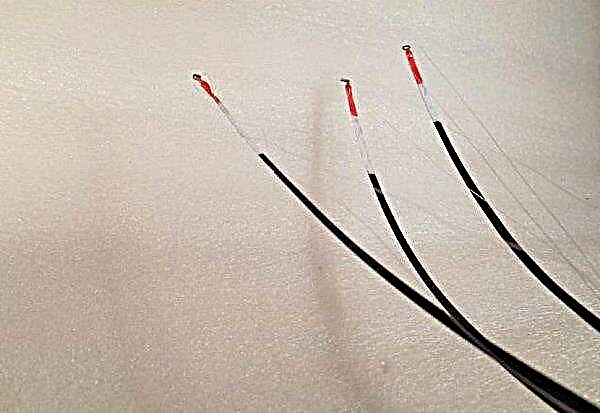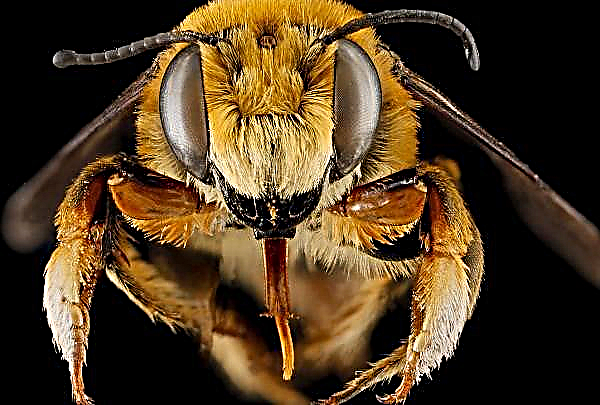At home, ferns from the davallium family are often grown. Plants require a not complicated, however, special approach, the basic principles of which are described below.
Botanical description of the plant
Perennial plant up to 50 cm high native to the tropical parts of Asia. A characteristic feature of these ferns is shaggy roots that hang from the container.
Important! The botanical name is given in honor of the 18th century botanist E. Davall, and due to the type of roots, fern is popularly known as “squirrel legs”, “hare legs” or “deer leg”.
The main features of davallia are presented in the table:
| Root system | superficial, with thick pubescent roots |
| Stem | short or medium |
| Leaf shape | finely comminuted, often triangular |
| Leaf color | from light to dark green |
The diameter of the roots can reach 15 mm, and some specimens reach a length of up to 90 cm. Davallia grow quickly and are usually grown as an ampule plant at home. That is how their exotic roots are most noticeable.
Popular views
The family includes about 40 species, however, in indoor floriculture you can often find such plants:
Comfortable conditions and proper care
Being a tropical plant, davallia requires compliance with a number of conditions and, when fulfilled, practically does not require additional care.
Lighting
A fern needs a bright place, protected from direct sunlight. Contact with the sun can cause yellowing of the leaves. The window sill of the window facing the east side may be the best place.
In case of slight shading, growth retardation and loss of decorative qualities are possible. The plant responds positively to additional lighting with a fluorescent lamp.
Temperature
Suitable summer temperatures range from + 18 ° C to + 22 ° C. For the Canary variety in winter, it is necessary to provide no more than + 18 ° C. The temperature of + 13 ° C is considered critical for all ferns when they begin to drop leaves.
Davallia does not like cold air and should stand away from the draft.
Did you know? The “leaf” of ferns is actually a system of branches that are located on the same plane and is called a “plane branch”, “waya” or “pre-run”.
Air humidity
High ambient humidity is required, which ferns are used to in their natural environment. A moisture content of 55-60% is desirable, which is supported by frequent spraying and adding wet expanded clay or peat to the pallet. For spraying use the smallest nozzle and only warm, settled water. You can also install a “foggy” installation in the room or another humidifier.
You can also install a “foggy” installation in the room or another humidifier.
Watering
Davallia needs to be moistened often, at the first sign of drying the topsoil. Water for irrigation should be settled and not cold. The pot is watered with a narrow-spout watering can or the roots are lowered into the pan for 15–20 minutes.
Top dressing
The plant is fed in the period from May to August with an interval of 2 weeks. For top dressing, the dosage of the mixture for decorative and deciduous crops specified by the manufacturer is reduced by 2 times. In the autumn-winter period, the introduction of additional substances is not used.
Transfer
The plant does not require pruning. Davallia is transplanted if she becomes cramped in her container, approximately every 2 years, in early spring. Hanging baskets or wide pots are recommended.
Drainage is placed at the bottom, then part of the plant roots is placed and sprinkled with a substrate for orchids or bromeliads. The soil mixture should contain sphagnum, peat, pieces of pine bark and charcoal.
Breeding
In their natural habitat, ferns reproduce by spores that germinate in moist tropical soil. This method is not effective for a greenhouse or home collection. A new plant is easier to obtain by dividing the root into parts.
Division
The division is carried out in April. For this, the rhizome must be divided into parts so that 2 leaves are left on each of them. Such a seedling is laid on the surface of the substrate and crushed with expanded clay.
It is necessary to maintain a high level of humidity, for which it is recommended that the container be slightly covered with a bag after spraying. After 2 months, the plant should take root.
Disputes
The ripened spores are shaken off and dried, and then in May they are poured onto the wet surface of peat or moss.
Important! Spores can cause an allergic reaction!
For disinfection, sphagnum must be disinfected by steaming or calcining. The sowing container is closed with a lid or tightened with a film. Spores germinate at temperatures from + 20 ° C to + 25 ° C. Sprouts are transplanted when they reach a height of 5 cm.
Growing difficulties
Subject to the basic growing conditions, davallia does not cause much trouble. Possible difficulties are most often associated with violation of the rules of care.
Disease
Fern can affect such diseases:
- gray rot and other fungi are the result of overfilling and lowering the temperature;
- bacterial spotting - it is treated by cutting out the diseased part with dusting of the cut with ash.
Important! It is not recommended to transplant davallia into ordinary plastic pots.
Pests
Pests can attack the plant:
- mealybug;
- whitefly;
- scale insects;
- spider mite.
Davallia is an original indoor plant that will decorate any interior. Presenting certain environmental requirements, the fern is quite easy to care for and suitable even for beginner growers.




